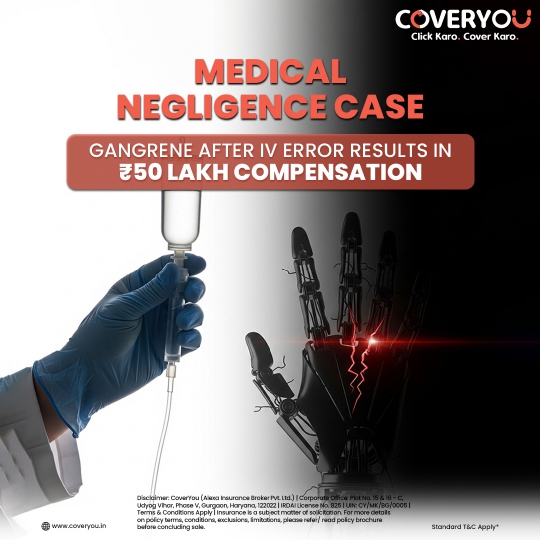Robotic surgery in urology, or in simple terms, robot-assisted surgery, has emerged as a transformative technology in the field of medicine, revolutionizing surgical methods and techniques that were barely imagined decades ago. It combines enhanced precision and control with improved visualization under the expertise and supervision of surgeons.
Let’s explore how technologies like the da Vinci Surgical System are improving outcomes in prostate, kidney, and bladder surgeries. This also touches on the benefits, challenges, and promising future of robotics in urological care.
Transforming Urological Procedures
Urology is the branch of medicine and surgery that focuses on and deals with diseases of the male and female urinary tract (kidneys, ureter, urinary bladder, urethra). This field has greatly benefited from the introduction of robotic technology in its surgeries, from 3D HD imaging and less blood loss to a lower risk of infection.
Among the most popular robotic urological procedures are:
- Robotic Prostatectomy: Removal of the prostate gland is performed in cases of prostate cancer. The surgeon can remove the gland more precisely using a robot, avoiding the risks associated with surrounding nerves and tissues.
- Robotic Nephrectomy: The robotic arms can remove the kidney in cases of kidney cancer or any severe disease, ensuring precise incisions and lower blood loss.
- Robotic Pyeloplasty: Robots repair a blockage in the urinary drainage system, ensuring reduced pain and a lower risk of complications.
Advantages of Urologic Robotic Surgery
- Better Control and Accuracy:
Robotic surgery provides the surgeon with better control and accuracy during the procedure. The robotic arms can move more smoothly and precisely at different angles and directions than human hands, which helps the surgeon work on tiny or delicate areas, especially important in urology where nerves and tissues are closely packed. This leads to safer surgeries and better outcomes for patients. - Enhanced 3D Visualization:
Robotic surgery systems provide the surgeon with a high-definition, 3D view of the area being operated on. This magnified view helps the surgeon see small details more clearly than with the naked eye, making it easier to perform delicate procedures with greater accuracy, especially important in complex urological surgeries. - Decreased Infection Risk:
Compared to open surgery, robotic surgery involves smaller incisions, exposing fewer internal tissues. This lowers the likelihood of bacteria entering the body, reducing the patient’s risk of infection and speeding up recovery.
Challenges and Considerations
- Cost and Maintenance Problems:
Robotic systems are expensive to install, maintain, and require specialized training. As a result, many patients who could benefit from this technology have limited access to it, especially in rural or low-resource areas where hospitals may not afford it. - Robotic Malfunction:
Although uncommon, technical problems or malfunctions with robotic systems can occasionally occur during surgery. This may interrupt the procedure and force the surgical team to revert to traditional techniques, which could lengthen the duration and increase the risk of the operation. - Damage to Nerves:
Even though robotic surgery offers greater accuracy and precision, there remains a slight risk of nerve damage, particularly in sensitive regions like the pelvis. Accidental damage to nearby nerves may result in problems like weakness, numbness, or issues with sexual or bladder function. - Heat Injury:
Robotic devices use electrical energy to cut or seal tissue. If the heat is not properly managed, it may burn and affect adjacent tissues or organs. Heat injury is an uncommon side effect but can lead to complications or longer recovery times. - Needle Loss:
Needle loss is a significant robotic surgery complication where a needle might be dropped or lost inside the body while stitching tissues. While rare, retrieving it may take longer and can increase the risk of infection and bowel perforation.
As robotic surgery becomes more prevalent in urological practice, surgeons must understand its implications for professional indemnity coverage. Although robotic systems provide better accuracy and precision, they also introduce unique medico-legal risks for which doctors must be prepared. Negligence claims may still arise from issues like robotic malfunction, misinterpreting system feedback, or errors by support staff.
Future Scope of Robotic Urology
As robotic urology evolves, it is set to become the norm in surgeries and procedures in the near future, offering more precision and personalization. Advances such as AI integration and remotely operated surgeries are expected to become more accessible and affordable.
However, as the field expands, so do medico-legal responsibilities. As systems begin to suggest actions, clear boundaries of surgeon responsibility must be defined and insured. Remote and telesurgery introduces further complexity, requiring indemnity policies that address cross-border procedures and telemedicine. The increasing use of patient data in robotic systems also raises liability concerns regarding data breaches and misuse. Preparing for the future of robotic practice requires addressing these evolving challenges.
References:

















